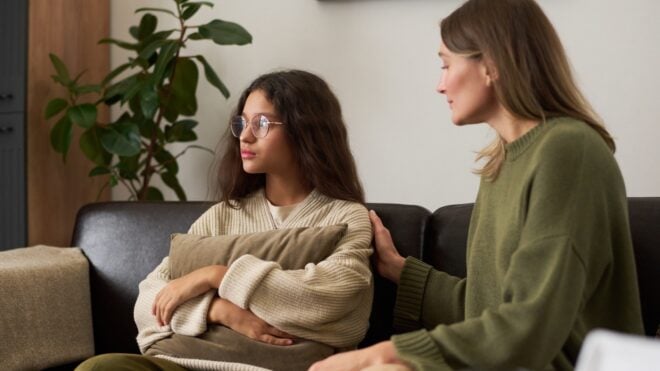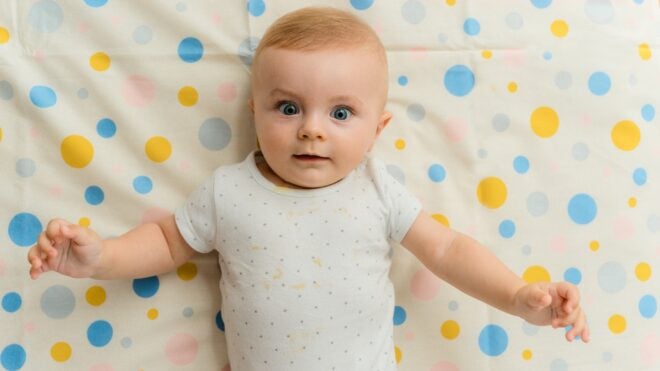Is Your House Safe?
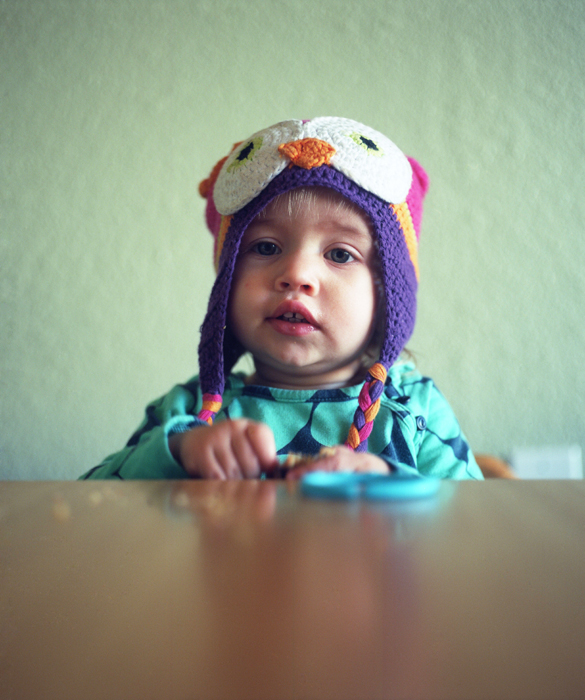
Whether you’re obsessive about making sure everywhere your kid goes in your house is clean and free of hazards, or completely carefree when it comes to kid-proofing, there may be some basics you haven't even considered. With that in mind, here are some ways to protect your children that aren’t exactly intuitive. When it comes to your kids’ safety, there’s no such thing as going overboard.
Crawl Around Your House
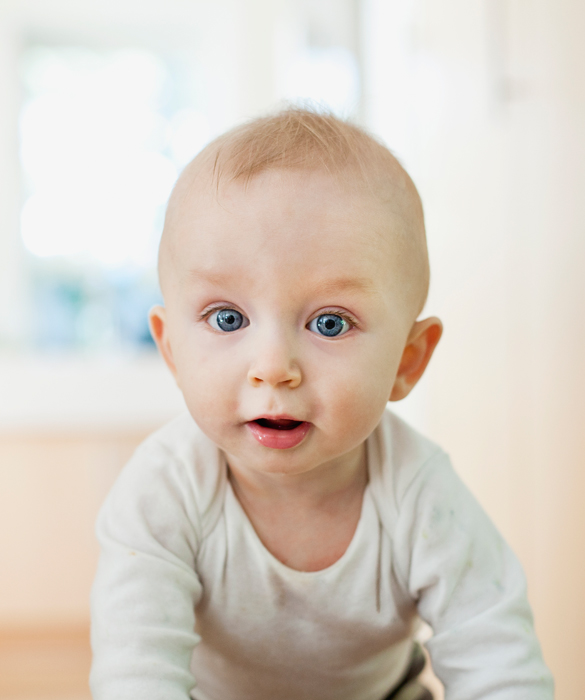
To keep your little one safe, you need to know what your little one sees. “I recommend that all families get on all fours and crawl around the house to look for hazards,” says Dr. Wendy Sue Swanson, pediatrician. Do this periodically, especially when you rearrange rooms. You may see electronic screens that need to be mounted, furniture that could be tipped, or a small, dangerous magnet that’s rolled under the coffee table.
Don’t Forget Cords
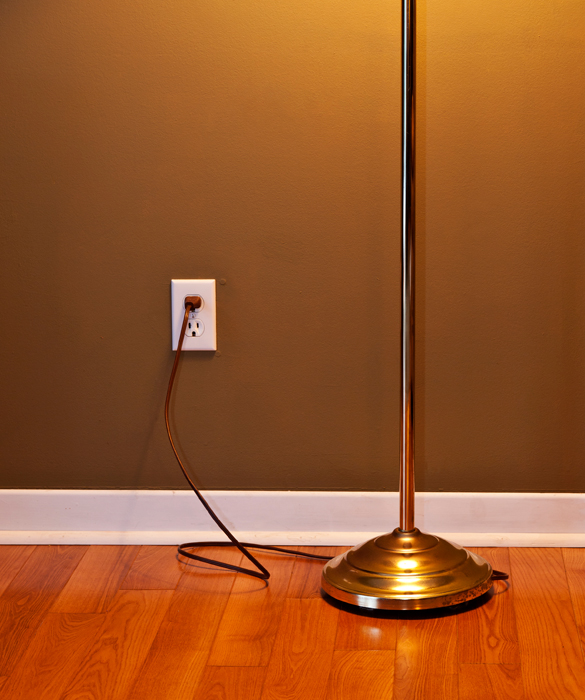
“Families usually do outlets and drawers, but often forget about cords hanging down,” says Swanson. In addition to an electrocution risk, if they’re longer than 12 inches, cords are a strangulation risk. If they’re on the floor, your child could crawl over them and pull a lamp or other item off the table. Make sure cords aren’t within easy reach of inquisitive, grabbing children.
Use Two Gates
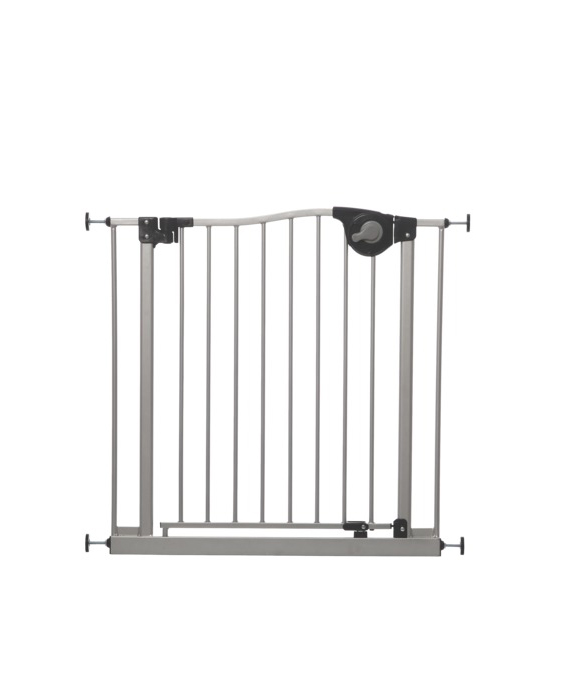
Does your little one love to climb? Then be extra careful when it comes to those hazardous staircases. “Really, everyone loves to plug outlets, but I worry far more about having gates at bottom and top [of stairs],” Swanson says. “Sometimes, both are needed for those monkey kids!”
Check out furniture
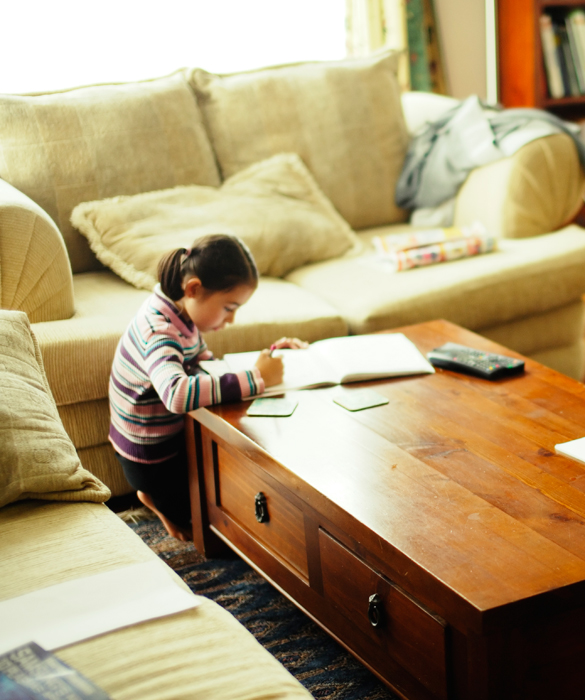
Swanson says furniture is a big worry. Make sure any sharp edges—like those on coffee tables or countertops—are not in your kid’s running or crawling path. Opt for non-wingback furniture if possible, because recliner chairs are also incredibly dangerous if a playing child accidentally collapses the footrest after his head gets trapped in the space between the chair and the footrest.
Get Big Risks out of Reach
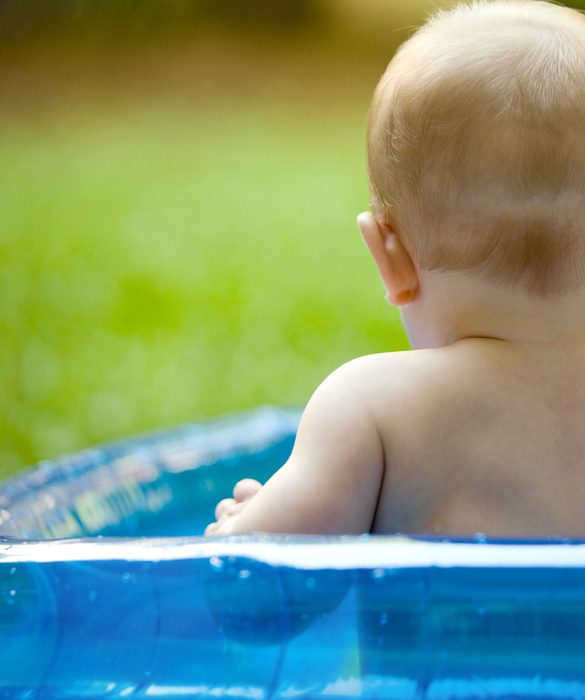
If it’s a drug or chemical, it needs to be well out of a child’s reach, and preferably locked up. “Biggest risks are often related to drowning and ingestions in toddlerhood,” says Swanson. “Meds, cleaners and chemicals need to be up and out of reach. Those laundry pods are a great example.” Also remember that children can drown in just two inches of water. Keep kids away from dog water bowls, toilets, standing water in bathtubs, play pools, streams in the backyard and ponds without supervision.
Be Wary of Secondhand Items
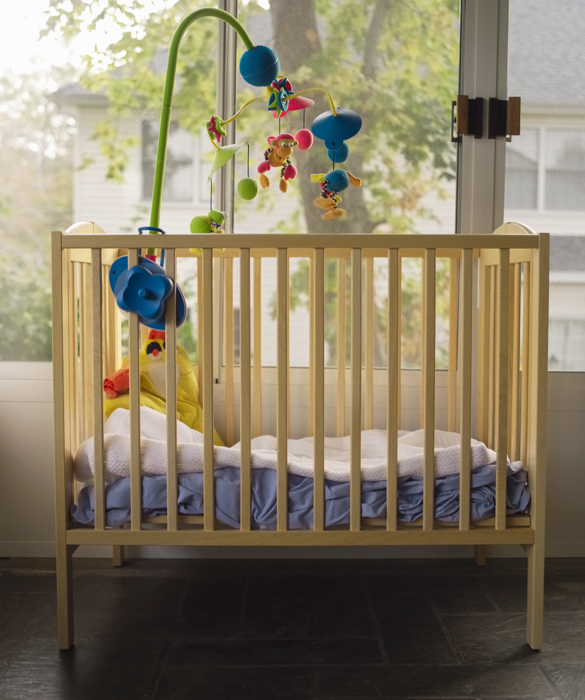
If you shop thrift stores or garage sales, or got a crib from your sister since her kids are grown, be careful. Health and safety standards change with each passing year, so that crib may no longer be the best idea. The item in question could be broken, outdated or recalled. Check out the safety of individual items and recalls on the Kids in Danger website.
Nix Choking/Suffocation Hazards

Kids are endlessly curious. On top of that, picked-up items tend to go directly in their mouths or over their heads, posing risks like ingesting toxins, suffocating or choking. Always put items away immediately after events like birthday parties or simple trips to the grocery store. According to the University of Michigan, plastic bags are the biggest suffocation risk for young kids, and balloons are major choking hazards (anything that can take the shape of a windpipe is a danger).
Monitor During Transitions
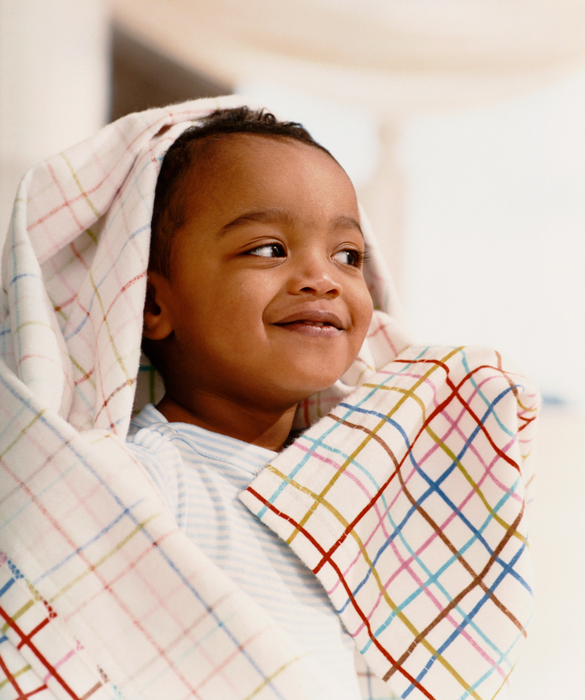
Whether a relative is taking your kids for the weekend, you rearranged furniture in the living room, or you just moved into a new home, you should kidproof in that “new” location. “Although kids understand ‘no,’ they may not respect or understand the ‘why,’” says Swanson. “You have to safety-proof, particularly true around times of transition like moves and particularly when allowing others to care for your children. If a child spends time at grandma's house, and she has lots of meds, they have to be addressed and put up and away.”
Put Carpet Wherever Possible
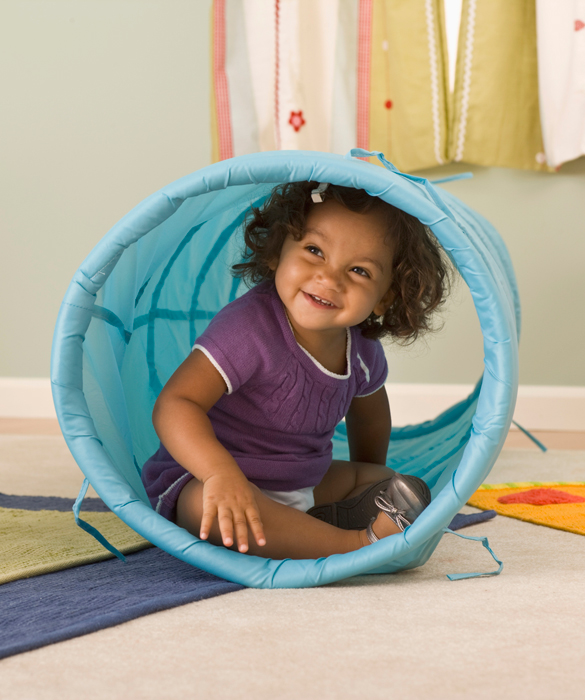
Carpet will give your kids’ small feet a little extra grip, preventing injuries from slips and trips. On top of that, if they do fall, they’ll have a better cushion. Make sure all carpet is tacked down, and keep it by the stairs, especially. Check out the American Academy of Pediatrics’s checklist for more tips on childproofing.
Every Mom Needs to Childproof
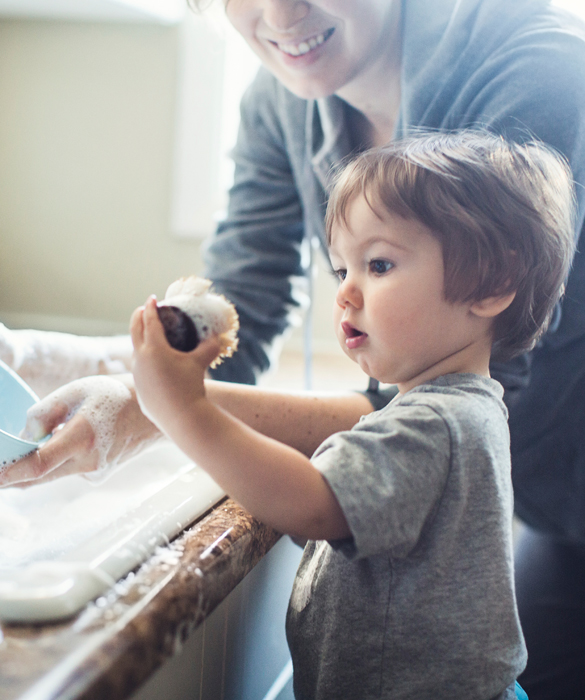
Childproofing is not just for the OCD or the crazy-protective parent. “Our most important job, in some ways, with our 9- to 36-month-olds is to provide a safe environment,” says Swanson. “Children's development is driven by their beautiful and developing curiosity—but they have no judgment. And they certainly don't understand the consequences of actions.” Luckily, that’s what moms are for, right? Just be one step ahead.

